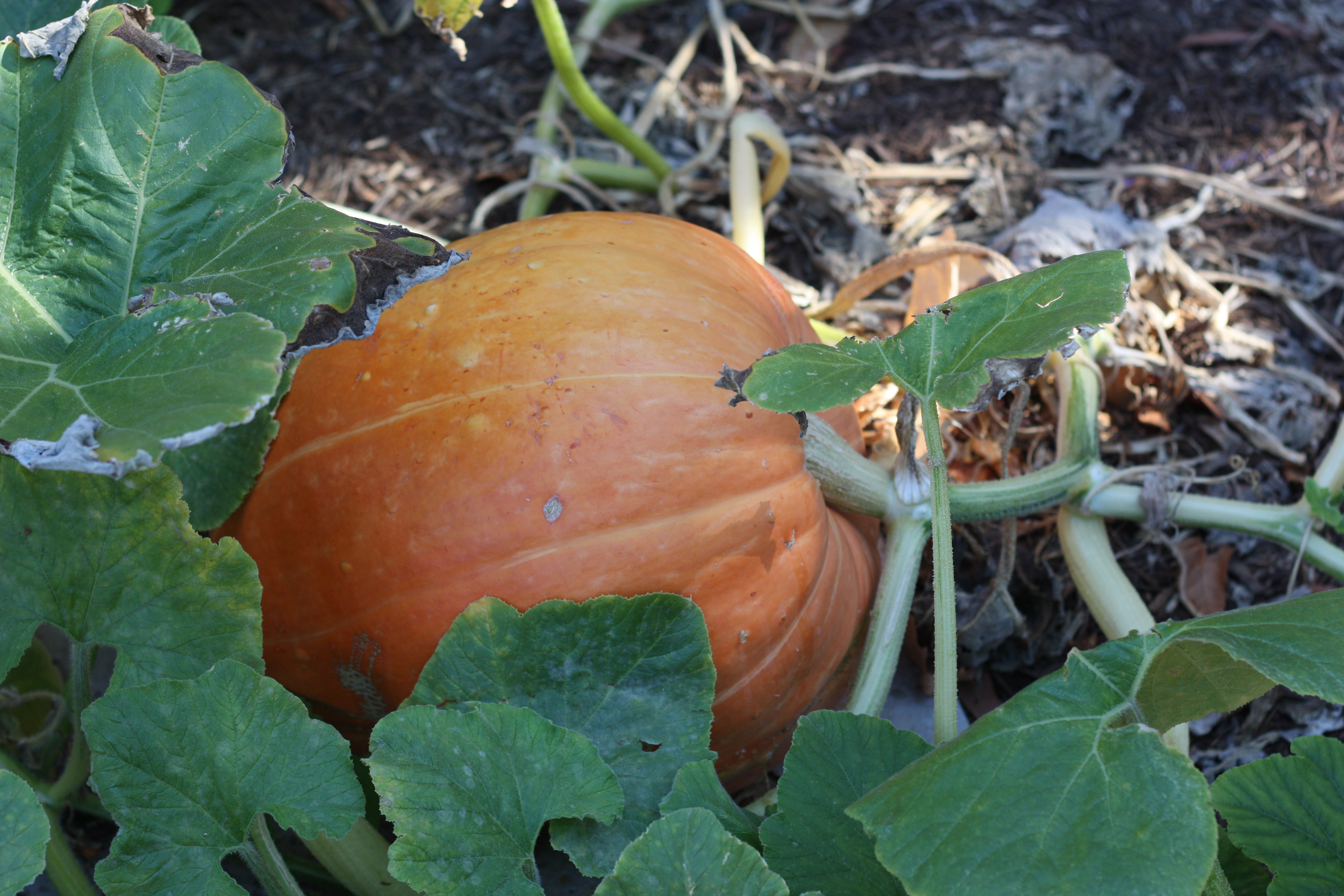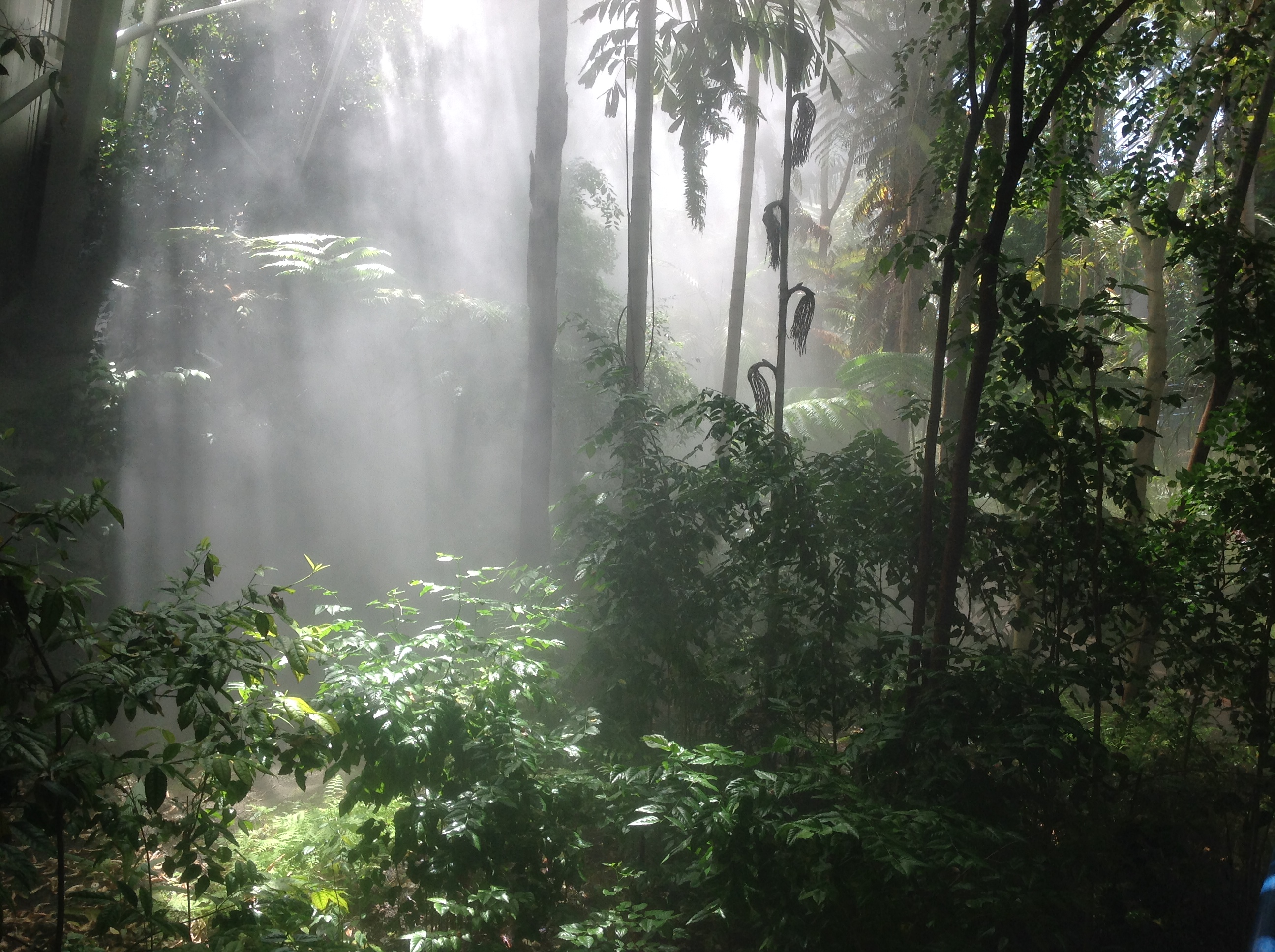

Primary Trails 2017
Aboriginal Plant Use
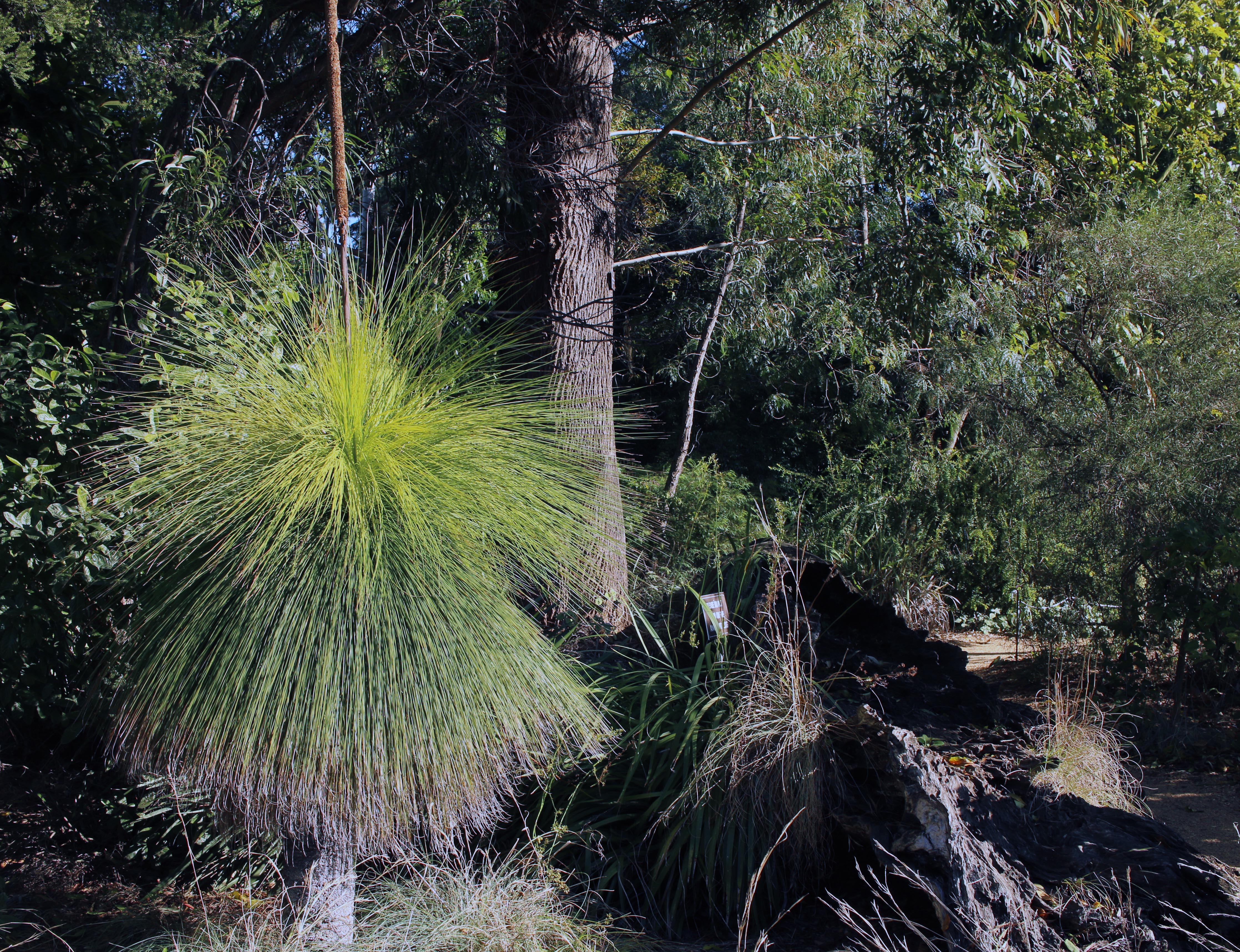
Australian Aboriginal people have an intricate understanding of the Australian environment and a rich knowledge of plants developed over 50 000 years. Plants have been used for food, hunting, medicinal purposes, tools, ceremonies and in most other aspects of traditional life. This inquiry investigates these interrelationships by focusing on plants in the Adelaide Botanic Garden.
Aboriginal Science and Sustainability
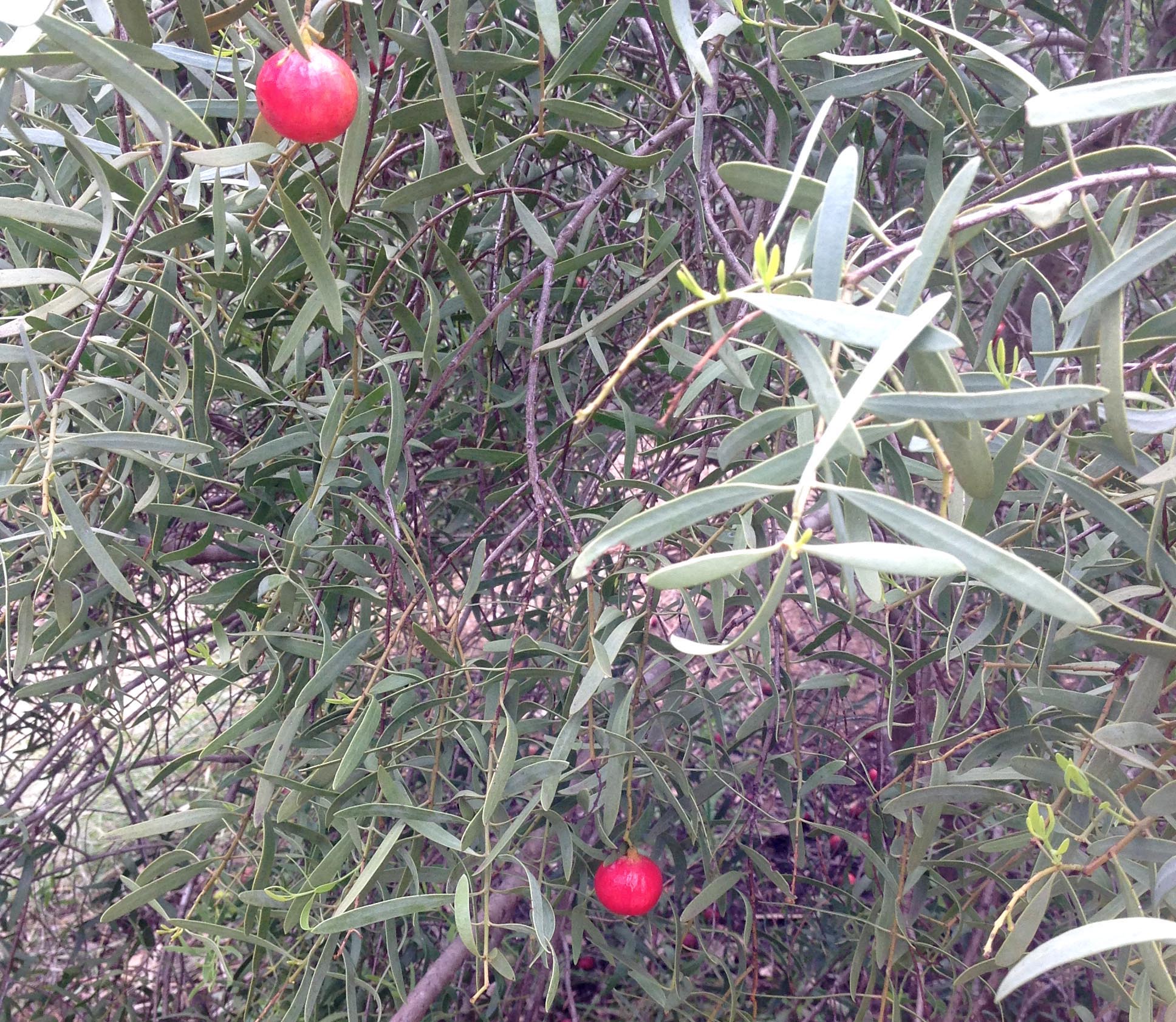
Students are led on a trail through the Mallee collection at the Adelaide Botanic Garden focusing on a number of plants to highlight sustainability issues, science adaptation and traditional Aboriginal plant use. The Mallee and Arid region vegetation covers most of South Australia. This inquiry also compares some of the land use practice of traditional Aboriginal people with modern land use methods.
Ancient Egypt
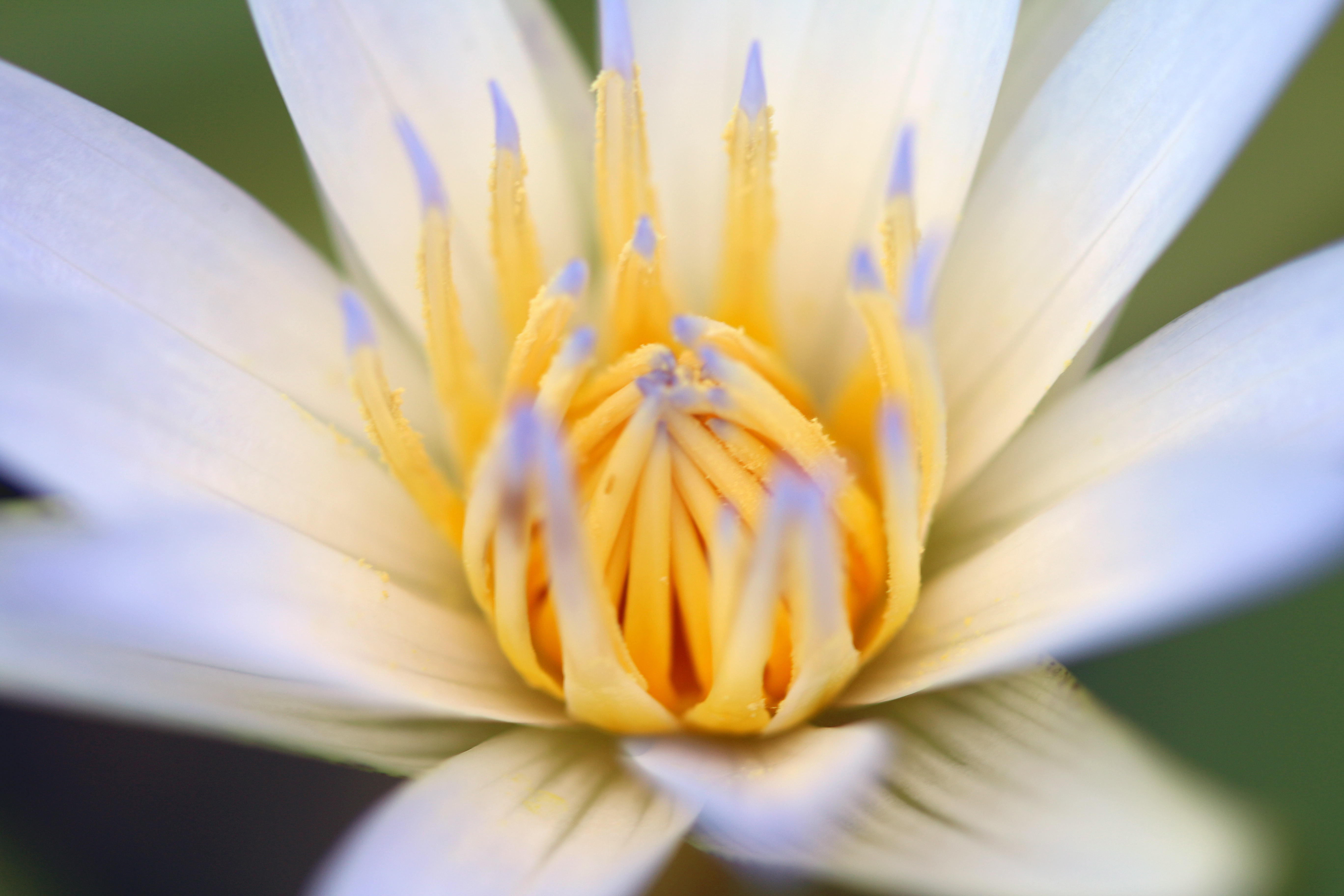
Students are led through a trail identifying key plants in the Adelaide Botanic Garden using them to generate discussion about the beliefs, values and practices of the ancient Egyptians. The history and geography of ancient Egypt are a focus in the inquiry trail. Students are asked to consider the viewpoint of a child in the everyday life and death of ancient Egyptians.
Food Glorious Food
Students are led through a trail at Adelaide Botanic Garden, investigating a range of living plants grown for food in Austalia and across the world, including the tropics. Key ideas throughout the trail include the connection between people, food, culture and the plants that create them; the influence on Australian culture of migrants and their food; the cycle of plants grown for food and their climate and sustainability, water use and food security.
Plant Adaptations

Students investigate plant adaptation through two extreme environments – the desert and the rainforest. Students act as scientists, recording observations about plants and making hypotheses. They will observe how plants have adapted to these diverse environments, too much water and not enough light or too much light and not enough water.
Rainforest Experience
Students will be led through a plant trail in Adelaide Botanic Garden (including both Botanic Park and the Bicentennial Conservatory) highlighting the layers and biodiversity of rainforests. The trail allows for a diversity of learning styles and has a focus on science adaptations, geographical climates and the environmental importance of rainforests.
Spice Trail

This trail takes us back in history to when the great journeys of exploration occurred. Explorers were not only seeking new territories but in search of spices which were worth more than gold. Students observe and analyse the spices introduced to Europe by Vasco De Gama’s route to India and the Voyages of Columbus to the Islands in the Americas. Students discuss how and why life changed as a result of these discoveries.
Wetland Experience
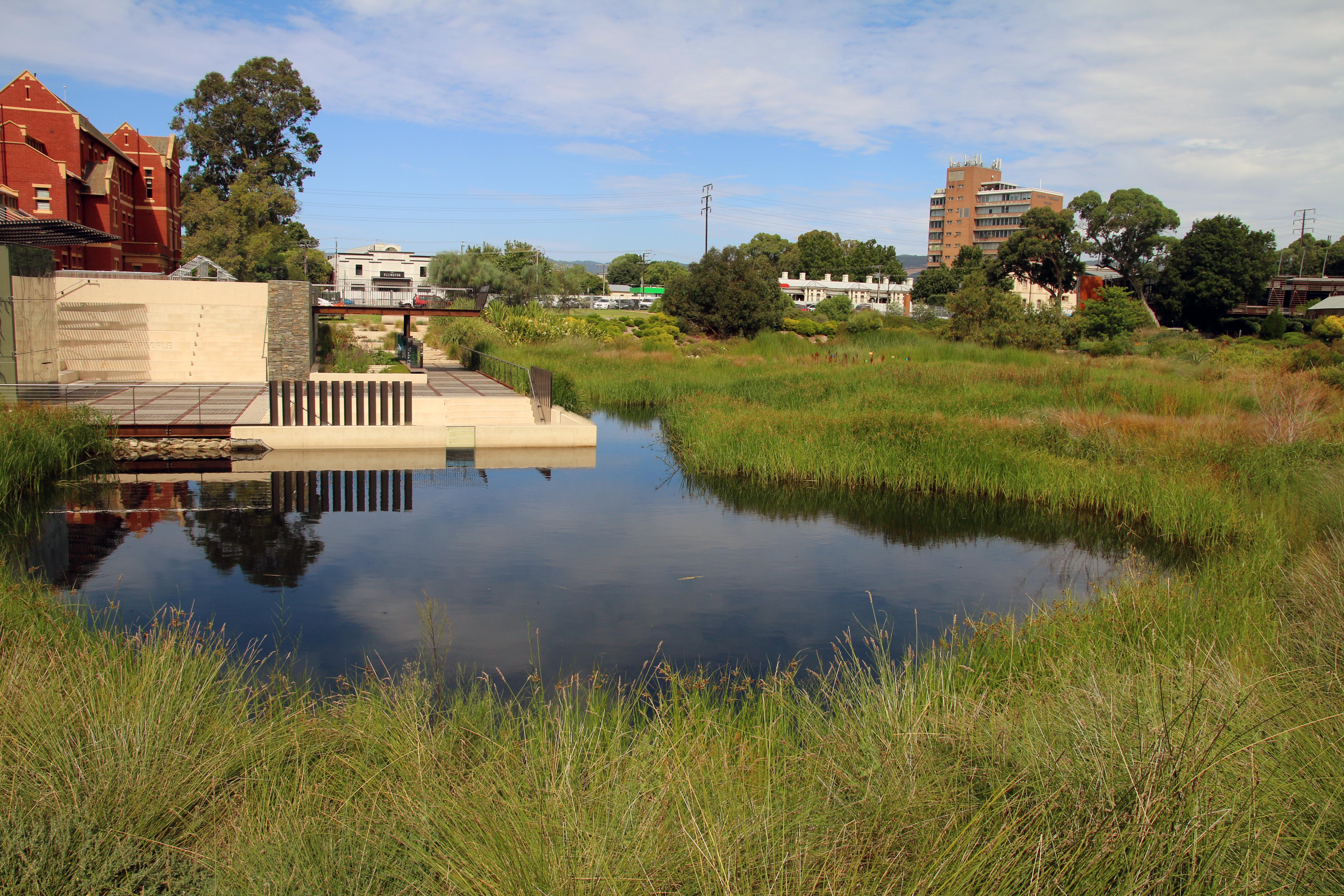
A visit to the First Creek Wetland at Adelaide Botanic Garden provides students with a unique first-hand experience of this increasingly important habitat type. The wetland is designed specifically to assist students with learning how wetlands can be used to filter and recycle water while at the same time improve the natural urban environment.
Through this experience students will investigate water harvesting, filtering and storage processes and how wetalnds serve as a habitat.


